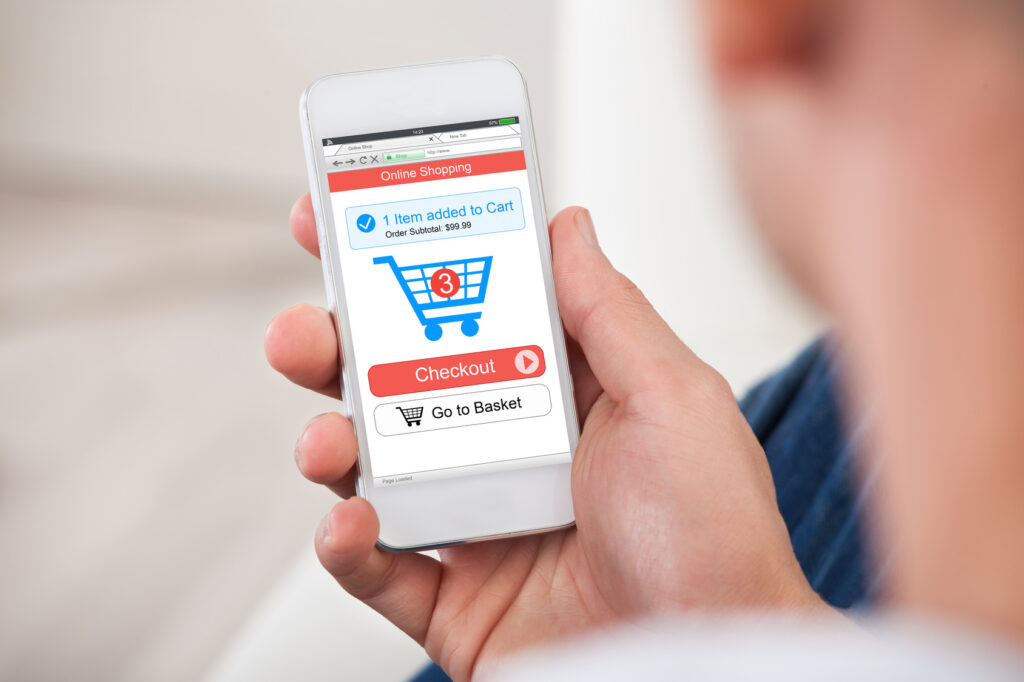B2B direct: ecommerce with a BANG

Talk to any B2B trader a few years ago, and he’d tell you the e-commerce would be off-limits. He’d list the numerous reasons why not to do it – from relationship to spec, volume, price, discount and delivery. Today, B2B ecommerce is a booming business. A brand new channel and, very importantly, a driver of efficiency on the sell and the buy side. It’s quite complex to set up, but once you’re there, it’s a turbocharger of growth. Selecting your technology and, more importantly, the integration partner is critical for success across the multiple markets.
Multi-system integration is really CRUCIAL
To deliver an efficient and personalised service, a seller has to integrate their e-commerce systems with other core platforms, from large back-end supply chain software to the intuitive CRM systems. You need a global view across all the channels.
A system that seamlessly combines e-commerce data with a detailed customer interaction history provides every team member with the access to the same customer overview. This type of fully integrated solution ends the functional silos and enables the sales, marketing and customer service teams to work together in an efficient way. Tomorrow’s B2B winners will be the companies that can integrate complex, unbundled technology platforms and make them work together in a way that gets the most out of the organisation to provide the best possible customer experience.
Investment in your company’s technology infrastructure and business systems can seem like a big cost, but these platforms will help build a foundation to transform your business’ digital future. If you embrace the key trends that are reshaping business-to-business ecommerce, your customers will not only become loyal brand advocates. They will see you as the industry leader. In return, you will drive much bigger sales and profit. Simple.
A critical step in retention could be the integration of your systems with the buy side through a plug in and go format. Crucial for the buy side is JIT (just in time) supply or forward inventory management, very important in a seasonal business or the multi-source component projects.
B2B buyers – younger than you might think
Nearly half of B2B buyers are millennials – tech-savvy, with a passion for convenience and efficiency. Unlike their older colleagues, they expect the purchasing experience they have grown used to on the consumer websites – usually on their mobile. Understanding the unique purchasing preferences of these younger buyers will be increasingly critical to the long-term growth of B2B sellers. Buyers are no longer willing to accept the clumsy, complex purchasing processes that require a significant human interaction. They demand an intuitive, self-service interfaces and 24/7 e-commerce availability.
I recently met a company in the international home improvement sector. I talked to its head of strategy about the company’s shift toward ecommerce and the growing visibility of millennial purchasers. He said he thought the company – with over 100 million pounds in sales – would be out of business in 5 years if it didn’t make a major shift to e-commerce. If an enterprise in the home improvement sector is concerned about its survival without e-commerce, it’s pretty clear that all B2B businesses need to embrace the digital transformation, paying a particular attention to the changing mix of buyer demographics.
Mobile ecommerce is here to stay
As the buyers are getting younger, they are increasingly mobile. According to a recent report, 42% of B2B customers use the mobile devices during their purchasing process. From researching products, comparing prices and feature sets to contacting merchants and completing transactions, the business buyers depend on their mobile devices along the entire purchase journey. In today’s always-on workplace, a purchasing manager could be completing a complex RFP for a major company purchase while simultaneously running out the door to take the kids to school. As the buyers jump from buying gifts on Amazon to booking taxis from Uber, they have come to expect the same mobile convenience for their professional purchases. Businesses that want to succeed in e-commerce, increasingly need to create the great customer experiences. They need to create the website designs that work for smaller screens. Perhaps more importantly, they need to choose the e-commerce platforms that are mobile-optimised from the beginning to deliver a comprehensive mobile commerce experience.
Personalisation is king
In addition to making purchasing processes more mobile-friendly and intuitive, remember that the business clients expect a really great service. The last thing a wine and beer distributor wants to see on your website is the offers for distilled spirits they never purchase. The buyers expect the catalogues, pricing and product selection to be curated for their purchases and organized according to their specific needs. For complex B2B businesses that offer many product lines, have large catalogues and serve many different sectors, personalisation can significantly affect the online revenue.
One of the most tangible ways to deliver personalisation is through customised and dynamic pricing. To deliver it, an increasing number of sellers is using the price optimisation algorithms. In practical terms, that means a sophisticated personalisation, taking into account such parameters as a purchasing volume, frequency and long-term relationship value. A buyer who purchases millions of pounds of product every year should expect a more attractive set of pricing incentives than a buyer who purchases footwear on an ad-hoc basis.
It is also important for online sellers to map the customer journey and to understand places where the interactions are disjointed or too impersonal. Identifying the areas where the destination feels unknown will help you create a seamless experience across all the channels of purchase and interaction. Companies that create personalised customer experiences will be the ones that win in 2019 and beyond.
Don’t forget the global marketplace(s)
A massive amount of trade is happening on the online marketplaces around the world. This requires a careful analytics, targeted market selection and a detailed understanding of local market behaviours. Marketplace can be a really efficient route to the fast growth. It’s certainly a critical component of a successful, multichannel B2B strategy. A full-on integration is vital with e-commerce. Are you ready to get your channels dancing together?

